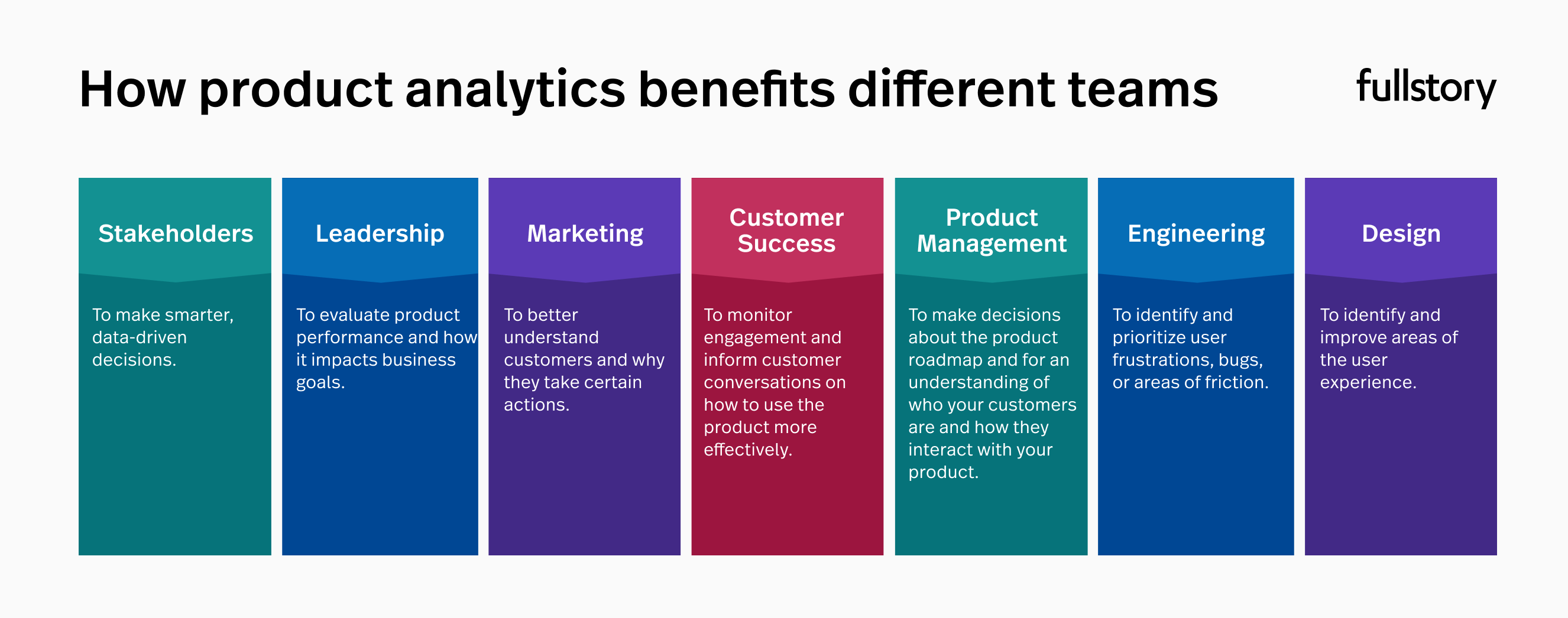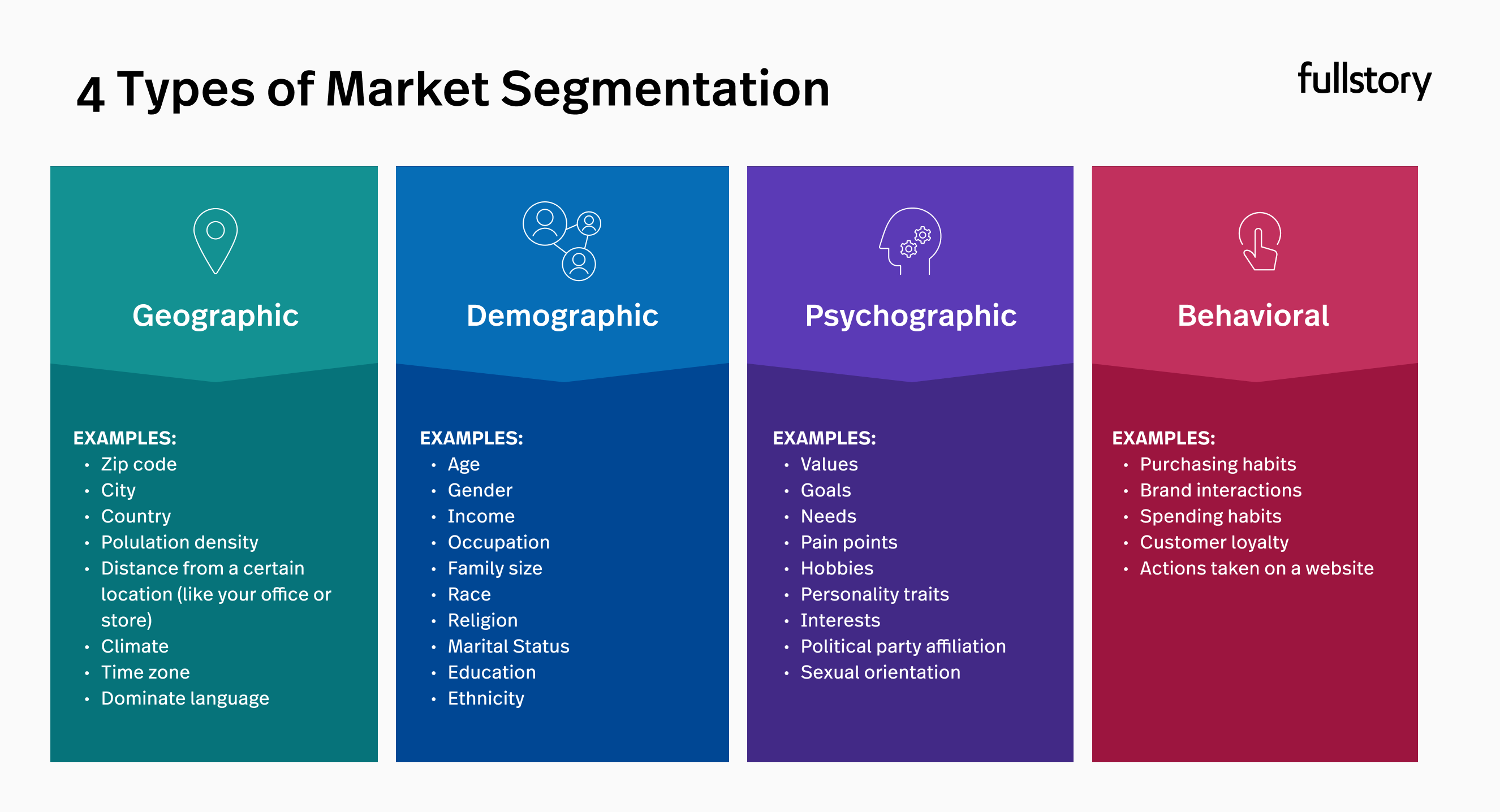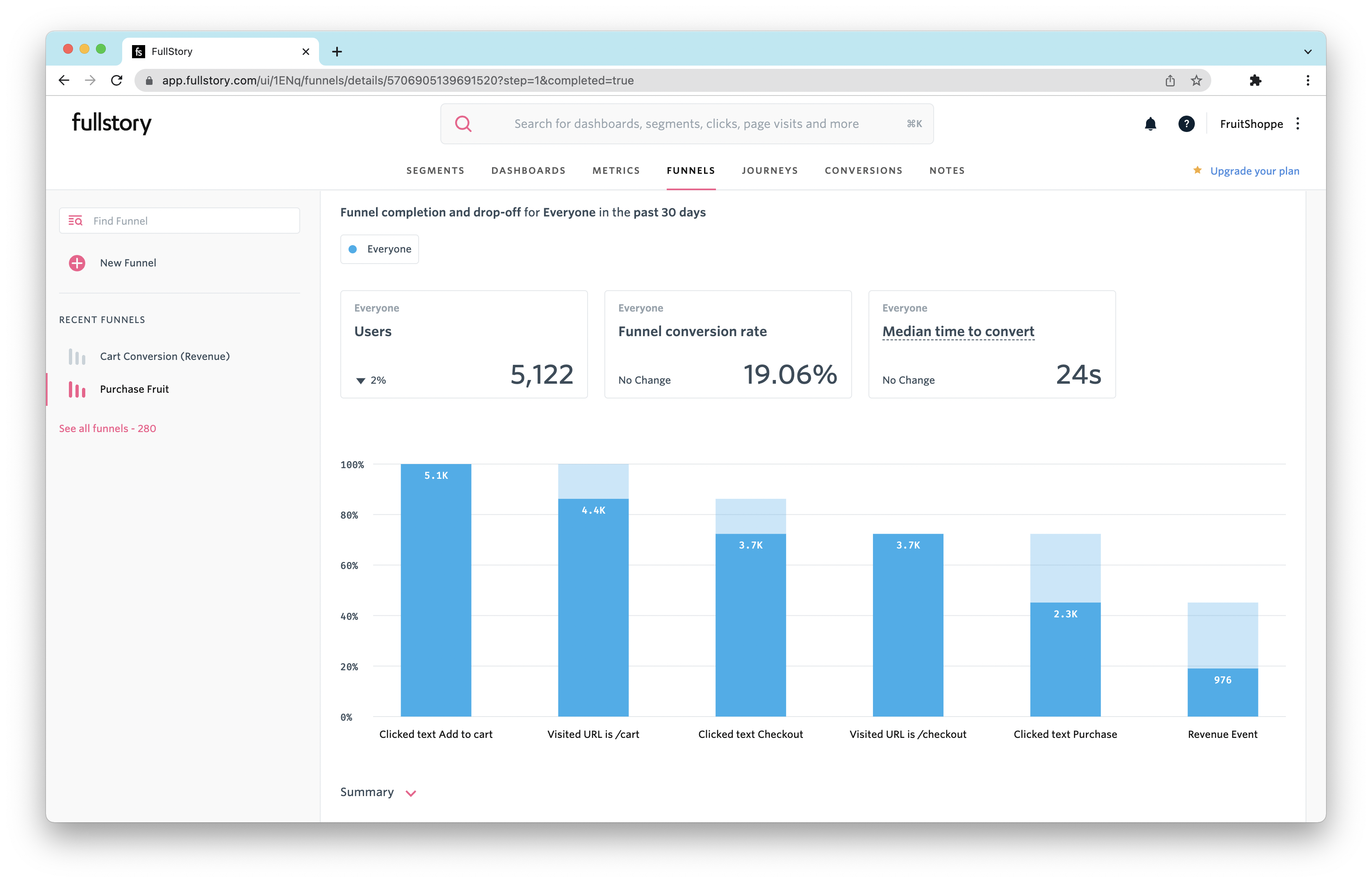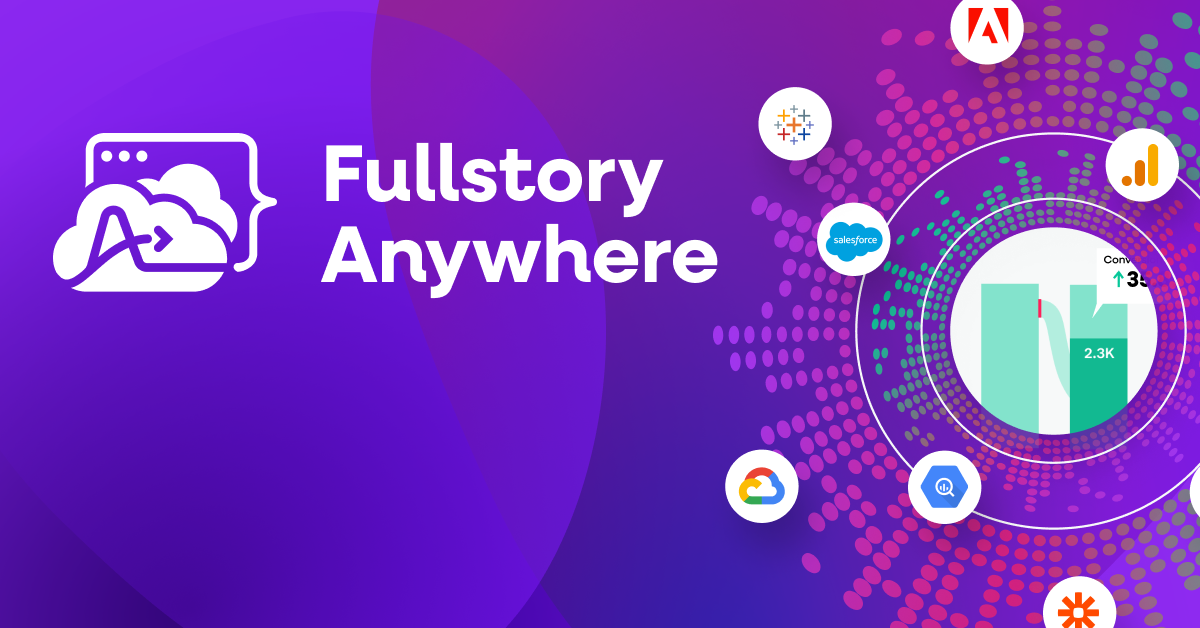What if we told you there was a way to understand customer behavior, improve customer engagement and enhance the entire customer experience?
It exists and it’s called product analytics.
If you own a product, the analytics behind it is the key to having happy customers.
By understanding your product’s data you can increase customer lifetime value and decrease churn—you just have to have the right tools to do it.
We’re going to cover what product analysis is, why product analytics are so important to your business, and some product analytics tools you can use to stay on top of it all.
What is product analysis, anyway?
Product analytics is the process of understanding how customers engage with your products.
Product analytics allows your team to track, visualize, and analyze real-time engagement and behavioral data so you can optimize your customer journey.
Simply put, it takes a customer-centric approach by analyzing their data, identifying opportunities for optimization, and creating impactful experiences that create happy, lifelong customers.
It allows you to go beyond vanity metrics and tie each step of the customer journey to a solid and measurable data point. This empowers your team to improve the customer experience, win over customer loyalty, and connect to business goals and metrics.

Why is product analytics important?
Product analytics show companies what their users actually do, by showing them their actions.
These are known as ‘revealed behaviors’ and are very telling for businesses everywhere. Having data analytics allows teams to dig deeper into friction, motivations, and customer behavior—to better their product.
Data leads to profitable decisions (a story that also rings true with Fullstory).
Product analytics can help any organization from personalizing a sales pitch to identifying and reducing risks to its business.
Personalize the customer experience
Businesses collect customer data to enhance the digital experience with their product. By using product analytics to create user profiles from this data, businesses can gain insights into customer behavior and a more personalized experience.
By running behavioral analytics on customer segmentation, it optimizes the entire customer experience along their journey.

For example, read how Thomas experienced a 94% increase in overall conversions since bringing on Fullstory.
Inform business decisions
Businesses can also use product analytics to guide decisions and minimize financial decline.
Predictive product analytics can propose what could happen in response to changes in the product or business and can indicate how the team should react to these changes.
For instance, a business can change pricing or product features to determine how those changes would affect customer demand. Changes to product features can be A/B tested to validate the hypotheses produced by such models. After collecting product data on the changed products, businesses can use digital experience analytics platforms to determine the success of the changes.
Streamline functions and operations
Businesses can improve operational efficiency through product analytics.
Gathering and analyzing qualitative data about your product can reveal where production delays or roadblocks originate. This helps predict any future problems that may arise.
If a product forecast shows that a specific feature is not adopted, the product team can supplement or replace this feature to avoid a decline in customer experience.
It can also allow teams to understand their function as a whole, better. When you see your product in action, you can see how your role impacts it and adjust accordingly.
Reduce risk and tackle friction
Product analytics help businesses understand risks and take preventive measures.
For instance, a SaaS tool could run a statistical model that can predict future actions or events to determine which features are at the highest risk for abandonment. The product team could then use this data to determine the amount of marketing needed, or if it should change course to another feature set.
Businesses can also use product analytics to limit friction after a feature fail occurs. With a best-in-class Digital Experience Intelligence solution, you can use product analysis like session replay to find the friction areas and eradicate them.
With product analytics, businesses can comprehensively outpace their competition in terms of profit than companies that do not. Time and time again, companies are seeing big returns on using product analytics.
Product analytics vs product feedback
Product feedback can be incredibly helpful in understanding the customer’s perspective. However, surveys and customer interviews are self-reported from users and typically are based on their perceptions or memory of how it happened.
Product feedback is recorded and reported by the customer—from memory. Customers often can’t articulate exactly why they interacted with a product in a specific way, or what they find most valuable about a product. As a result, this feedback is not always accurate or at least doesn’t tell the complete story.
Product analytics, on the other hand, represents qualitative and objective data that tracks the users’ behavior with the product. It can uncover customer insights that help organizations design more efficient and effective products. Think session replay, heatmaps, scroll maps, conversion and funnel analysis, and more.

When product feedback comes from survey forms or interviews, it’s based on what customers are feeling about a product and how they perceived it.
This means that product analytics benefits not only product managers and their companies but customers as well. This is also why combining qualitative and quantitative data to uncover insights is critical.
Why businesses are establishing a data-first mentality
Business leaders are adopting a digital-first approach as a competitive advantage to attract and retain customers. The focus is on creating a digital experience that will bring more value to the customer—based on their own data findings.
Product analytics helps you create that digital experience without any blind finds or guesswork. It provides your team with quantitative information to optimize the product, enhance customer retention, and maximize growth and revenue. That’s a win-win-win.
Product analytics software provides teams with visibility into their users’ interactions with their products, including engagement, friction, and interactions. It gives them access to valuable customer data and reports for analyzing this information—all with scalability in mind.
Digital-first strategies
Since COVID-19 accelerated the transition for customers to the digital experience as their primary point of contact with a business, now, customers have bigger expectations for product experience. They expect high-value features and extremely satisfying experiences along the customer journey.
Product analytics is how digital-first companies figure out customer needs and measure the impact of their products. It provides companies with real-time insights into how users are engaging with their product, so they’re able to respond to any friction with ease.
For example, a user has just attempted to sign up for a demo of your product but doesn’t complete the final step — classic user friction. Sales teams can use product analytics software to dig into why this happened and redirect new users to complete the required actions.
Dive into your product and create a perfect user experience with Fullstory
Fullstory's Digital Experience Intelligence platform seamlessly combines product analytics, session replay, privacy, and security so you can understand what your users are doing, build a perfect experience, and boost your bottom line.
Get started now: Book a demo today or sign up for a 14-day free trial
Customer-led insights
Whether you’re just building your customer journey map or are updating your customer profile, you may have unanswered questions about how your product is performing. There are many different types of quantitative, some examples are:
What are my customer’s pain points?
What problems am I solving for my customer?
What actions do high-value customers take?
What actions do churned customers take?
What are the characteristics of highly engaged users?
Building this customer data can be hard when you don’t have the right tools. By allowing your customers to simply use the product and produce the data, you can glean valuable insights that detail your customer profiles out, enhancing your goals for the future of your product.
A product analytics approach makes customer behavioral data and analysis widely accessible. With a platform like Fullstory’s DXI solution, teams don’t need to have technical skills to explore data and form insights. They simply rely on the data.
Data-informed product alignment
If you’re on the product team, you may know that there may be silos and often there will be buy-in needs that just aren’t happening.
Teams may develop feature after feature without understanding the impact those features may have on the overall business objectives.
Product analysis can align teams to bring them back to their one unifying goal—the happiness of their customers. Often, product feature adoption comes from teams within and the business values reflect the customer problem your product is trying to solve. Listen to the data!
Product analytics is invaluable when setting a strategy for meeting your team and customers’ needs. Data-informed product strategy is guided by the principle that the more you understand your customers, the happier you can make them. And the longer they stick around.
Product analytics and your business
Data doesn’t lie. Understanding the power of product analytics is the key to empowering your teams for growth.
At Fullstory, we put data first. Our Digital Experience Intelligence program provides product analysis in the form of session replay, heatmaps, user trends, and frustration signals so you can better your product and move forward.
Fullstory's Digital Experience Intelligence platforms combines the best of product analytics, session replay, and more to give you a 360º degree view of how your entire digital platform is performing. Customers often achieve a 10x ROI or more.




